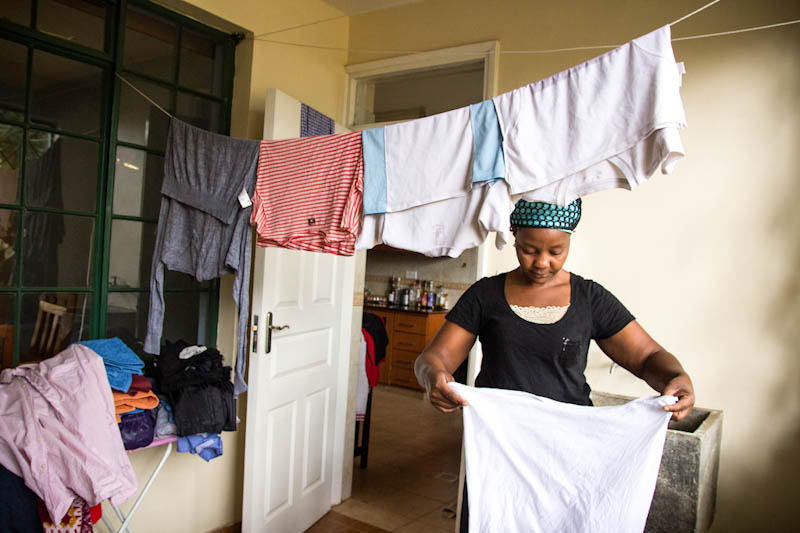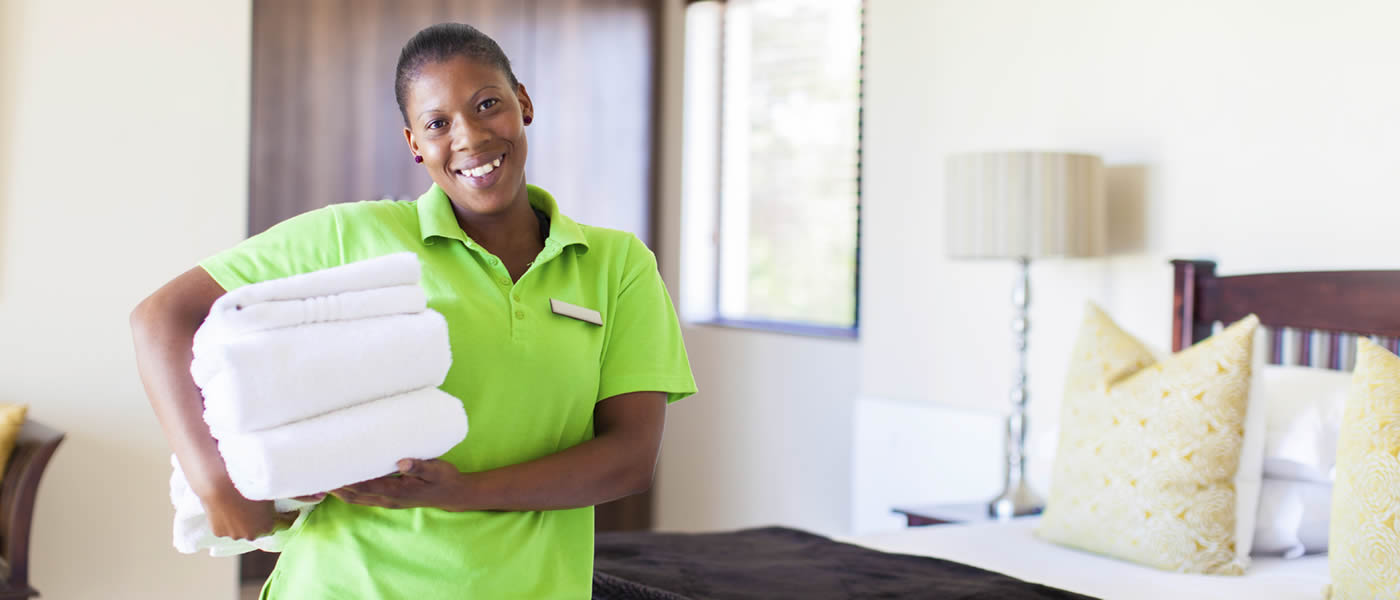That the sheets and the pillow of the bed in which we sleep seem clean, does not mean that they really are.

The normal thing is that they are a nest of microorganisms and are full of dirt that is not visible to the naked eye
According to the specialists, a person can produce on average about 99 liters of sweat during the time spent in bed in a year, and that humidity contributes to create the ideal environment for the appearance of fungi.
According to the studies, a pillow with more than a year of use can have on average up to seventeen different types of fungi.
Among them is the Aspergillus fumigatos, an infectious microorganism that can affect the lungs and brain of immune deficient people (those who have undergone transplants, AIDS patients …), and who usually nest in pillows synthetic.
It is estimated that one in every twenty deaths that occurred in hospitals was related to this fungus. Since the hospital pillows are covered with plastic, the number of cases has decreased, although the danger still exists when patients return home and sleep on common pillows.
But other types of fungi have also been detected similar to those found in showers and in very humid places.
The continuous exposure to these microorganisms can end up provoking in people reactions similar to those that an allergic would experience.
To all this we must add the cells of the skin, saliva and vaginal and anal secretions that we pour into the sheets although we do not appreciate them with the naked eye.
And we cannot forget the dust mites, the remains of pollen, and other substances that reach our beds through the air.
Fortunately we cannot see with our eyes the result of this singular hodgepodge because, if we did, surely we would not sleep in them.
But, is there a solution? Specialists recommends washing the sheets at least twice a week, at a temperature between 50 and 65 degrees, and use bleach.














